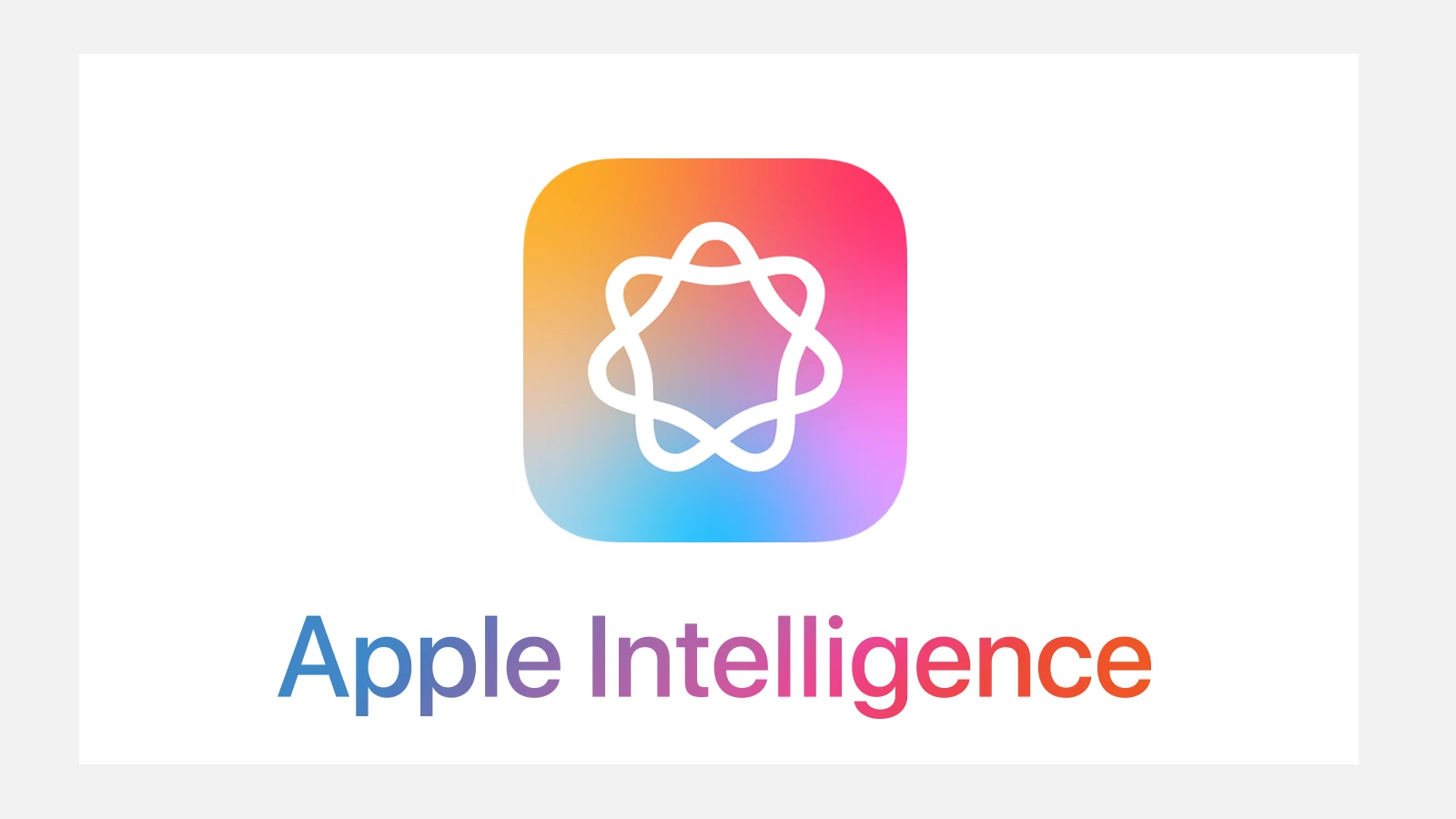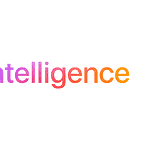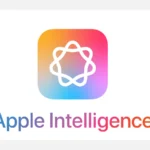Apple is working on a new way to make its AI smarter while keeping your data private. The company plans to improve its large language models by analyzing user data directly on your device, not in the cloud. Apple’s approach aims to solve the limitations of using only synthetic data for AI training while ensuring user information never leaves their personal devices.
This new method comes as Apple develops its Apple Intelligence features. Unlike other tech giants that collect vast amounts of user data on their servers, Apple’s system will compare synthetic data to real-world samples without sending your personal information anywhere. This protects privacy while still helping the AI learn from how people actually use their devices.
The complicated privacy-focused plan shows Apple’s commitment to both AI advancement and data protection. By using on-device analysis, Apple can improve features like Siri and text prediction without compromising the privacy standards that set it apart from competitors.
Apple’s On-Device AI Training: How It Works and What It Means for Users
Apple is officially entering the AI training game — but with a twist only Apple could pull off. Rather than hoovering up your data into massive centralized servers, Apple is developing a system that learns from your personal information while keeping it on your device. This privacy-focused strategy is part of Apple’s broader “Apple Intelligence” initiative, a suite of new generative AI features expected to launch with iOS 18, macOS 15, and related software updates.
What Apple Is Actually Doing With Your Data
The core concept is surprisingly clever. Apple has built large language models (LLMs) trained on synthetic data — data that mimics real messages, emails, and notes but is completely fabricated. These models don’t use your personal data directly for training. Instead, Apple leverages on-device analysis to improve its models by comparing synthetic examples to your actual recent data, like emails or notes, which never leave the device.
Here’s the key detail: your device figures out which synthetic samples are most similar to your actual content. It then sends back only metadata — such as which sample was the best match — to Apple’s servers. That signal is used to tune the base model further, helping Apple’s AI become smarter over time, without compromising your privacy.
Differential Privacy Still Plays a Big Role
This builds on Apple’s long-standing use of “differential privacy,” a technique that injects randomness into data analytics so individual user information can’t be pinpointed. In this new AI system, differential privacy ensures that even the metadata sent back to Apple can’t be tied to any one person. It’s a way to gather broad trends from across millions of devices without actually identifying you.
This system is also being used to improve features like autocorrect, emoji generation, and writing suggestions — the kinds of things where AI really needs a human touch to get better. Genmoji, Apple’s new personalized emoji feature, is a prime example of how the company is folding AI into everyday user experiences.
Why Apple’s Approach Stands Out
What makes this move significant is how radically different it is from the strategies used by companies like OpenAI, Google, or Meta. Those companies often rely on cloud-based training using enormous datasets pulled from across the web — and in some cases, user data. Apple, by contrast, is reinforcing its reputation as the most privacy-focused Big Tech player. They’ve designed a system where the AI learns with your data, but never takes it.
This approach also gives Apple a massive competitive advantage. By keeping training localized to devices, Apple doesn’t need to bear the enormous cost of cloud GPU infrastructure at the scale OpenAI or Microsoft do. It’s a more efficient system that could scale to hundreds of millions of iPhones with less risk and potentially faster iteration.
Who’s Included — and When?
Right now, Apple is testing this system in beta builds of iOS 18.5, iPadOS 18.5, and macOS 15.5. But it’s only active for users who have opted into Device Analytics — a setting buried in the Privacy & Security section of system preferences. It’s also tied into broader participation in Apple’s Software Beta Program, so early adopters will get the first taste.
This program is expected to expand significantly by the time the next major software updates roll out in fall 2025. Apple Intelligence features will likely be restricted to newer devices with the necessary processing power, meaning A17+ chips on iPhones and M-series chips on Macs.
The Future of AI on Your iPhone
Apple’s move is not just about catching up in the AI race — it’s about changing the terms of the competition entirely. By building intelligence on your device, Apple is blending privacy and machine learning in a way that no other major company has achieved at scale.
Expect smarter suggestions in Mail, Notes, and Messages. Expect voice dictation that learns your style. Expect writing assistance that actually sounds like you. And all of it, remarkably, will be trained using your own data — that never leaves your phone.
Key Takeaways
- Apple will improve its AI using on-device data analysis that keeps your information private.
- The company uses a mix of synthetic data and real-world samples without sending personal data to Apple servers.
- This privacy-focused approach helps Apple enhance AI features while maintaining its commitment to user data protection.
The Intersection of User Data and Apple’s AI Development
Apple’s approach to AI development balances innovation with user privacy. The company has created systems that learn from user interactions while maintaining strict data protection standards.
Principles of User Privacy
Apple has made user privacy a cornerstone of its AI strategy. The company explicitly states they “do not use users’ private personal data or user interactions when training foundation models.” This commitment shapes how Apple collects and processes information.
When developing AI features, Apple prioritizes on-device processing whenever possible. This approach keeps sensitive data on the user’s iPhone or Mac rather than sending it to external servers.
The company uses a “privacy by design” framework. This means privacy considerations are built into products from the beginning, not added later.
Apple also gives users control through opt-in features and clear privacy settings. These controls let people decide what data they share for AI improvements.
The Role of Differential Privacy
Differential Privacy is a mathematical framework Apple uses to collect useful data without identifying specific users. This technique adds random “noise” to information before it leaves the device.
The system works by analyzing patterns across many users while masking individual contributions. For example, Apple might learn that many people use certain phrases without knowing who said what.
Apple Intelligence uses this approach to improve Natural Language Processing without compromising personal conversations.
The company sets a “privacy budget” that limits how much information can be extracted about any single user. This creates mathematical guarantees of privacy protection.
Apple has pioneered the use of differential privacy at scale in consumer technology. Their implementation balances statistical accuracy with strong privacy safeguards.
Enhancing Siri and Generative AI
Siri’s improvements come from analyzing patterns in how people interact with the assistant. Apple uses anonymized voice commands to teach Siri new phrases and responses.
The company’s Private Cloud Compute system creates a secure environment for AI processing. This allows more complex tasks while still protecting user data.
Apple Intelligence combines on-device models with cloud processing for more advanced features. The system decides which parts of tasks can stay local and which need more computing power.
Text prediction and writing suggestions learn from how users type without sending the actual content to Apple. This creates personalized experiences without privacy risks.
These advancements help Siri understand context better and respond more naturally to questions. The assistant can now handle complex queries that once required web searches.
Device Analytics for AI Training
Apple collects anonymous usage statistics to identify areas for AI improvement. This data shows which features people use most and where they face difficulties.
Device analytics provide insights about battery usage, app performance, and feature popularity. Apple uses this information to optimize AI systems for efficiency.
The company employs a technique called “local differential privacy” for analytics. This adds noise to data before it leaves the device, making individual users unidentifiable.
Analytics help Apple spot patterns across millions of devices without accessing personal content. For example, they might learn that certain AI features drain batteries quickly.
User feedback mechanisms also provide direct input for improvement. This combination of analytics and feedback creates a loop of continuous enhancement while respecting privacy boundaries.
Applications and Implications of AI-Powered Features
Apple’s on-device AI analysis enables several powerful features that enhance user experience while maintaining privacy. These innovations span from mapping improvements to creative tools, all powered by Apple’s foundation models that work directly on users’ devices.
Image Recognition and Look Around Feature
Apple’s image recognition technology has made significant strides through on-device processing. The system can identify landmarks, plants, animals, and everyday objects by analyzing photos without sending data to external servers.
This technology powers the enhanced Look Around feature in iOS, similar to Google’s Street View but with better privacy protection. When users navigate streets virtually, Apple Intelligence recognizes building facades, street signs, and points of interest automatically.
The system blurs faces and license plates by default. This happens directly on your device before you even see the images. No identifiable information leaves your phone.
Users can also search their photo libraries using natural language queries like “find pictures of my dog at the beach” thanks to this same technology.
Visual Intelligence in Apple Maps
Apple Maps now offers smarter navigation with Visual Intelligence. This feature uses AI to understand the real world as you see it through your camera.
When you point your phone at a street, the app identifies restaurants, stores, and landmarks in real-time. All processing happens on your device, not in the cloud.
The system shows details like business hours, ratings, and menu information through augmented reality overlays. This works even in areas with poor data connections since much of the recognition happens locally.
Visual Intelligence also helps with indoor navigation in supported locations like malls and airports. It recognizes structural elements to guide you precisely where you need to go.
Genmoji and Image Generation
Genmoji represents Apple’s entry into AI-generated custom emojis. Users can describe what they want (“excited cat wearing sunglasses”) and the system creates unique emojis instantly on their device.
The technology uses Apple’s on-device AI models to generate images without sending your descriptions to external servers. This maintains privacy while still delivering creative results.
Users can create unlimited custom emojis for Messages, Mail, and other apps. The system learns your style preferences over time, making suggestions based on your conversation context.
The same technology powers smart sticker creation from your photos. The AI identifies subjects, removes backgrounds, and creates stickers automatically.
Image Playground and Content Creation
Image Playground expands Apple’s generative AI capabilities beyond emojis to full image creation. Users can generate artwork, illustrations, and photo edits through text prompts.
The system offers various artistic styles and can modify existing photos with new backgrounds, lighting effects, or object removal. All processing happens on your device, keeping your original images private.
A key feature is “Clean Up in Photos” which automatically removes unwanted objects, fixes lighting problems, and enhances image quality. The AI identifies issues without requiring specific instructions.
Unlike competitors, Apple’s image generation models don’t train on your personal photos directly. Instead, they use differential privacy techniques that extract general patterns while keeping individual data secure.
Frequently Asked Questions
Apple’s approach to AI training raises several important questions about privacy, functionality, and user control. These key concerns help us understand how Apple balances innovation with user data protection.
What methods does Apple employ to ensure responsible use of AI and adherence to privacy standards?
Apple uses differential privacy techniques to protect user information while still improving their AI systems. This method allows them to learn patterns without accessing specific personal details.
Apple states they do not use private personal data when training their foundation models. Instead, they rely heavily on synthetic data to build their systems.
The company keeps most processing on the device itself rather than sending data to cloud servers. This limits exposure of personal information.
How does the on-device intelligence model improve user experience while using Apple devices?
On-device processing makes Apple’s AI features respond faster since data doesn’t need to travel to remote servers. This creates smoother interactions for users.
The system can provide more personalized suggestions based on how someone uses their device. Since the AI learns from the device itself, it becomes better at predicting user needs.
Battery life improves because less data gets sent over networks. The AI can also work when internet connections aren’t available.
Can users opt out of data sharing used for training Apple’s artificial intelligence systems?
Yes, Apple provides options for users to control how their data is used for AI training. Users can adjust these settings in their privacy controls.
The company designs its systems with opt-in approaches for more sensitive data collection. This puts users in charge of what information they share.
Clear notifications inform users when their data might be used for improving AI features. This transparency lets people make informed choices.
What type of artificial intelligence models does Apple utilize for its device functionalities?
Apple employs large language models (LLMs) for their Apple Intelligence features. These models power text prediction, summarization, and other language tasks.
The company develops both on-device and server foundation models to handle different types of AI tasks. Smaller models run directly on phones while more complex operations may use server support.
Computer vision models help with photo organization, object recognition, and augmented reality features. These work alongside the language models for a complete AI system.
How does Apple’s approach to AI reflect its commitment to user privacy and data control?
Apple’s AI training methods follow their long-standing privacy-first philosophy. They use technical approaches that improve AI without compromising personal information.
The company builds privacy directly into their AI systems from the beginning. This differs from competitors who might collect data first and add privacy protections later.
Apple limits data collection to what’s necessary for feature improvement. This minimalist approach reduces privacy risks while still allowing AI advancement.
In what ways can users manage or limit the utilization of their data by Apple’s AI technology?
Users can review and adjust privacy settings through the Settings app on their Apple devices. These controls offer detailed options for different types of data.
Apple provides the ability to delete personal data that might have been used for AI training. This gives users ongoing control over their information.
Regular privacy reports show users what information their devices share. These reports help people understand and adjust how their data gets used for AI features.







